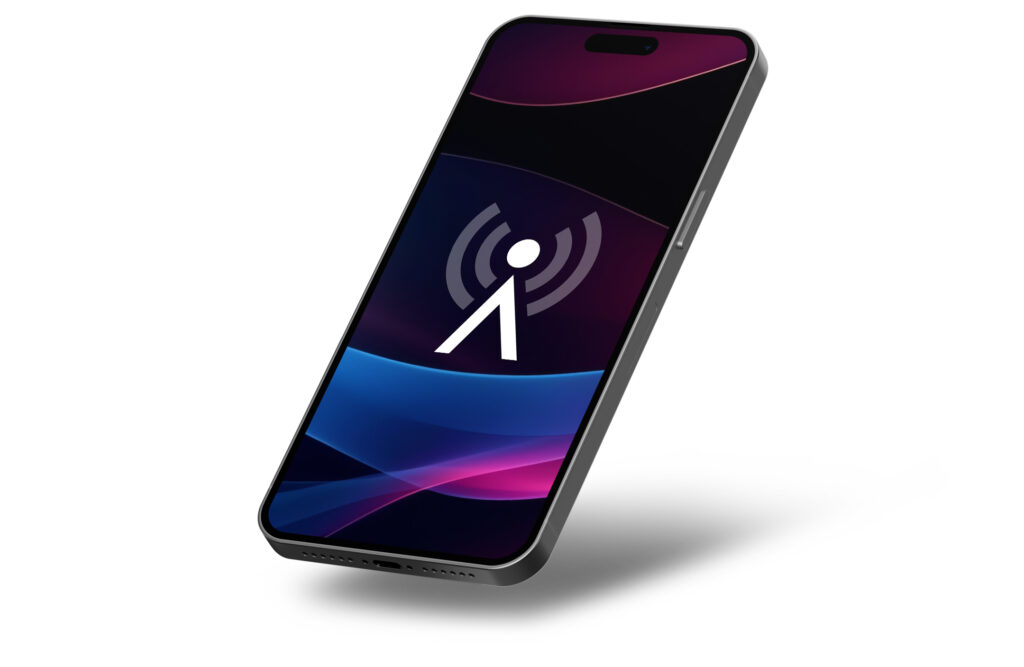The Real Value
The True Power of Mobile Phones:
High-Speed Cellular Communication
The most valuable part of a mobile phone is mobility; the ability to take high quality photos and send them to others instantly, to stream an HD movie to your high-resolution screen, to video chat with your friends, to stream music; all while on the move.
This mobile functionality is only made possible by perhaps the greatest invention of the 21st century – high speed cellular communication.
What is Cellular Technology’s Value to Today’s Connected Devices?
Fifteen years ago, Apple introduced the App Store, a landmark event in the history of the iPhone and the smartphone era. While the iPhone was revolutionary in its design and user interface before the App Store, it lacked the capabilities and profit-making potential that would come to define it. The App Store’s launch was pivotal in harnessing the creativity of millions of third-party developers, which was crucial in realizing the iPhone’s full potential.
Apple Takes a Cut from Every Dollar.
Today, this App Economy generates over a trillion dollars in annual sales through apps ranging from Uber to Candy Crush. Apple takes a cut from every dollar that flows through that ecosystem, collecting at least $450 billion from such commissions over the last 10 years. More importantly, per United States Department of Justice, Apple has illegally monopolized the smartphone market by maintaining a closed ecosystem in pursuit of profits – at the expense of consumers and technological innovation – collecting over $1.5 trillion from iPhone sales over the last decade.

Apple’s App Economy would have never evolved, nor would it work today, without the ubiquitous mobile broadband connectivity provided by cellular technology.
The Value of Common Standards
For smartphones, the most important development in the last 20 years was the rapid wireless network called LTE (Long-Term Evolution), the first truly global standard that could connect us all. As LTE evolves, the capabilities continue to be enhanced with each new generation of the standard (e.g. 4g, 5g, 6g). LTE serves as the global standard for mobile functionality.
Common standards allow consumers using an iPhone or Samsung phone, for example, to share voice and data in a seamless and efficient manner. Companies that invested huge sums of money in cellular telephone R&D include large developers like Qualcomm, Ericsson, Nokia, and InterDigital, Samsung, LG, Panasonic, Sharp, among others. As with any research and development effort, these companies protect their ideas by obtaining patents.

Who is PanOptis?
PanOptis was formed in 2013 to license a certain set of patents that are essential to cellular standards (SEPs) from Ericsson, LG, and Panasonic. PanOptis seeks to obtain the fair return due from mobile phone manufacturers for the usage of the valuable R&D that was contributed to the industry.
Given the strength of its patent portfolio, which has been scrutinized and validated by the courts in the US, UK, Germany and China, PanOptis has largely been successful in licensing its patents to some of the largest smartphone manufacturers in the world including Samsung, Lenovo (Motorola), and Xiaomi, among others.
